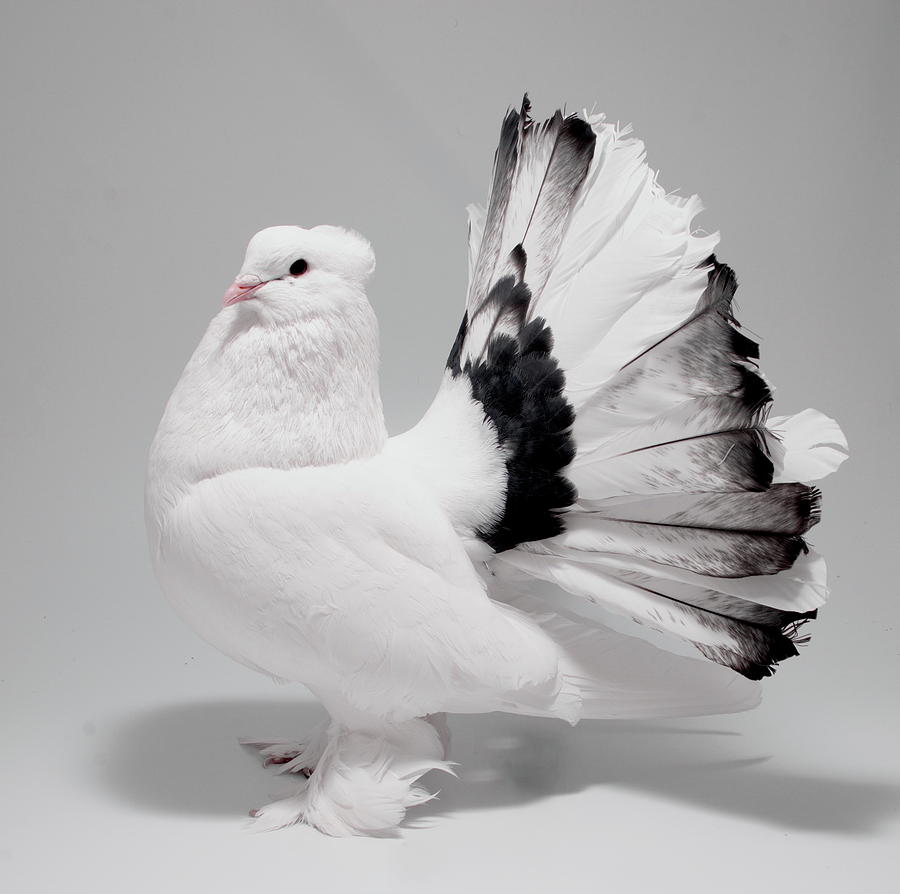Indian fantail pigeons are among the oldest and most well-known breeds of domesticated fancy pigeons. They are beautiful and very popular.
Its tail is shaped like a fan. It is thought that the breed originated in either China, India, Pakistan, or Spain. The breed has many sub-varieties.
Among the sub-varieties of this breed are the Indian Fantail, English Fantail, and Thai Fantail.
As one of the examples in the first chapter of On The Origin Of Species, Charles Darwin used it. Find out more about this breed below.
Fantail Pigeon Appearance
A Fantail pigeon is an average-sized bird with an attractive appearance. This bird is easily identified by its fan-shaped tail, which consists of 30-40 feathers, abnormally more than the other members of the pigeon family, which usually have 12-14 feathers.
The fantail pigeon, the pigeons of the tail, characteristics of the fantail pigeon, the pigeon's origin, taming of the fantail pigeon, and its size
Silky is a feather mutation that results in an interesting lace effect on a Fantail's tail feathers. Fantails with this mutation are called silky or lacy fantails. American and Indian Fantail pigeons are the two most common forms of this breed.
American Fantails stand on their tip-toes and lean back, almost burying their heads under their breasts and tails. The Indian Fantail pigeon is much larger in size, crested, and has feathered feet.
Additionally, they have a fairly natural stance, The Fantail pigeon is available in many colors, including black, blue, dun, red, white, silver, yellow,silver, yellow, and various splashes. Photo and info from Featherlite and Wikipedia.
Uses of fantail pigeon
The Fantail pigeon is primarily kept for exhibition or ornamental purposes. It can also be kept as a pet.
Some more information about fantail pigeon
Fantail pigeons are a breed with a unique appearance. Pigeon flyers often use it in the training of racing and Tippler pigeons.
As droppers, they are placed on the loft landing board as a signal for flying birds to come in and be fed.
Breeds such as these are also good as pets, as well as for showing and ornamental purposes. Please review the following breed profile for more information.
.jpg)
